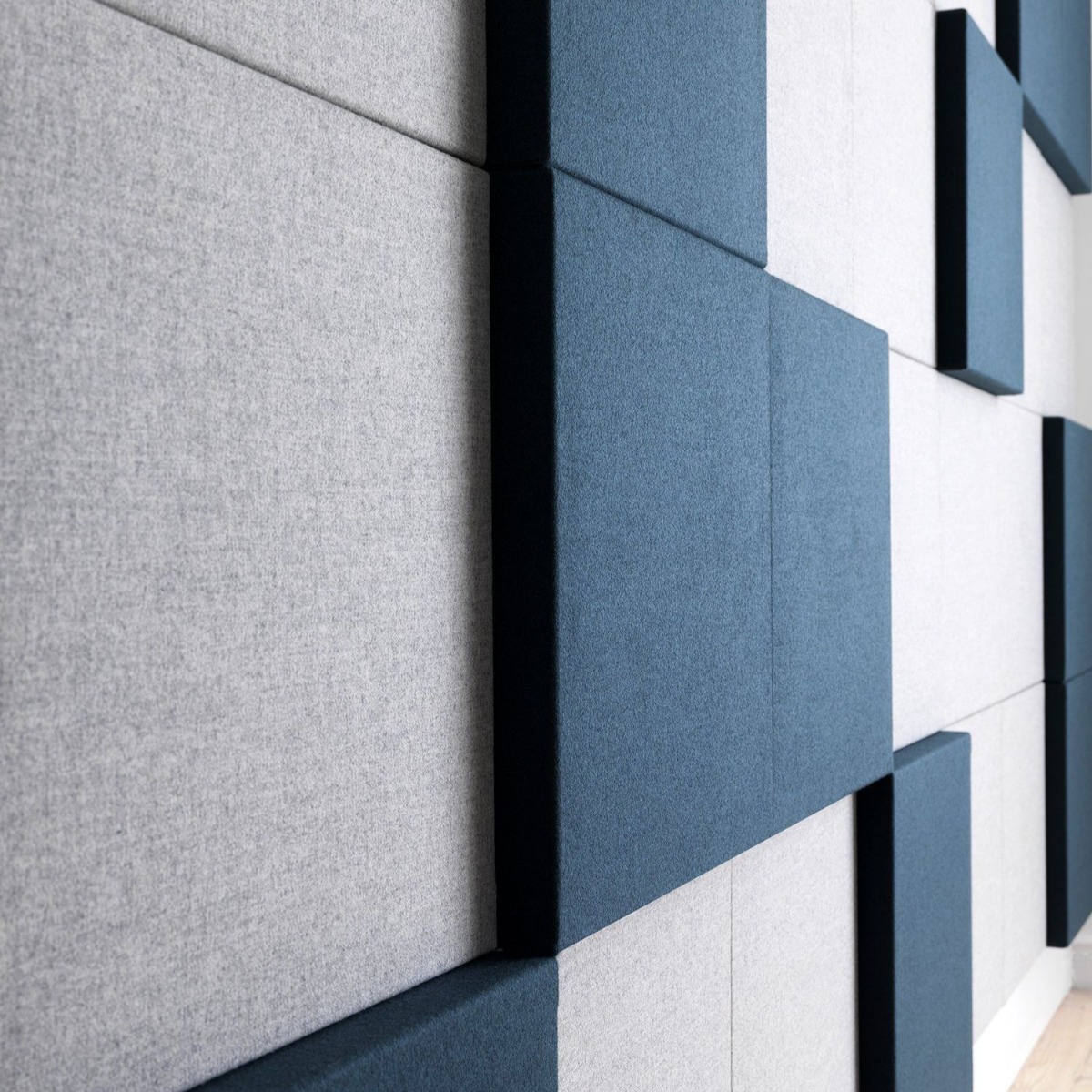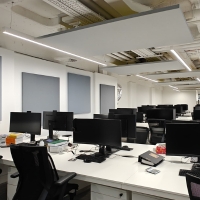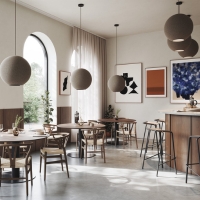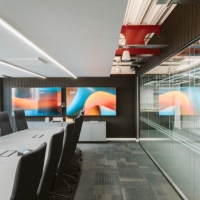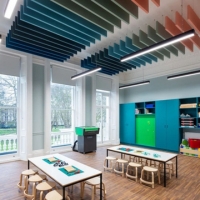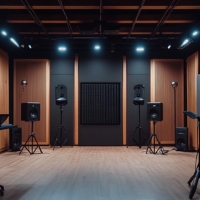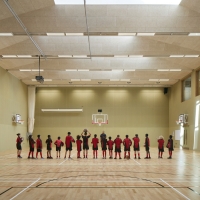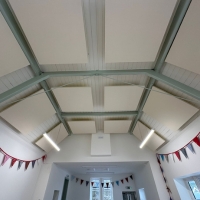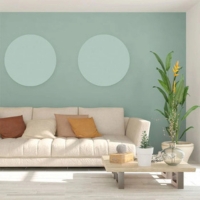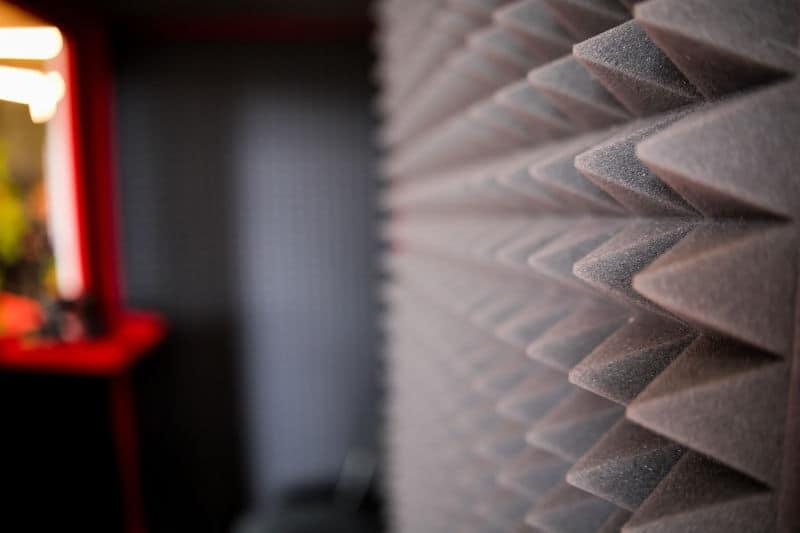
Only sustainable products
Configurable products
Installation available
Free acoustic advice
Soundproofing vs Sound Absorbing
Are you aware of the differences between Soundproofing and Sound Absorbing? Understanding the difference between the two and the ways in which they are used is crucial saving you money. Anyone that comes to us with noise will often refer to a 'soundproofing' solution for their office, school, restaurant, meeting room or in their own home! Sometimes its the sound within the room that is causing the discomfort, whilst for others its the sounds entering or exiting the space to adjacent rooms which need to be addressed. This is where the differing solutions and terms become important.
What is Soundproofing?
Sound naturally travels into adjoining spaces through partitions, walls, floors, ceilings, gaps under doors - everywhere! Soundproofing refers specifically to the action of blocking or preventing this sound escape using sound insulating materials. Most standard construction materials will only stop a very limited amount of noise transferring from one side to the other. In particular, thin drywall will be basically useless for soundproofing, whereas solid brickwork provides a decent start to creating a soundproof environment.
There are endless reasons that you might want to prevent sound or noise escaping or entering your space, and it is possible using the correct soundproofing techniques.
1. Open Cell Cavity Insulation
Generally, partitions between spaces will have some sort of cavity (when they're not solid brick) where sound makes its way into. The sound then will reverberate inside the gap, amplifying the transferring noise into the adjoining rooms. One of the first steps to soundproofing is to fill these gaps with insulation such as rock wool, stone wool, mineral wool or fibre glass. These products are designed to fit snugly between stud walls, ceiling and floor voids.
2. Deflection - Adding Mass
Deflection of sound can be achieved by adding mass and density to a structure such as a wall, floor or ceiling. Adding this mass is an effective way of stopping the transfer of noise, by physically preventing sound waves from transferring through the existing wall. All materials which have a thick, solid construction or consistency and add density will help with blocking the sound.
The energy required for sound to pass through will be increased by adding mass. Focus particularly between the source of the sound and the receiving point for the best results. Adding mass can be achieved with concrete or dense boards such as ply, OSB, drywall or plasterboard.
Its worth noting, deflection with mass proves more effective with airborne noise such as voices or music. Its not super effective against impact noise such as footsteps, dropping of items, weights etc. Refer to decoupling for impact noise!
3. Decoupling Products
The principle of decoupling is to reduce the area of direct mechanical linkage between the substrate and the structure. The process of decoupling works by interrupting sound vibrations that travel through the structure. Essentially, reducing or interrupting vibrations travelling through the existing walls, ceilings, floors etc. This is often done by creating a 'room within a room' where a seperate internal room is constructed with an air gap the existing structure. As a result, the strength of acoustic vibrations are reduced, slowing their passage through the walls.
It's best done during the construction phase, and its worth considering if you are in the planning stages of your project.
What is Sound Absorbing?

Sound absorption refers to the process of absorbing sound waves within a room by applying materials to the walls or ceilings. Sound absorption is used to cut down noise echoes and reverberation the make spaces uncomfortable. As sound waves reverberate, they become louder and more distracting. For example, in open plain restaurant with high ceilings and concrete floors gives plenty of space for the guests voices to echo.
Sound absorption is used to prevent sounds bouncing from surface to surface by covering them with material. Sound absorbers generally have an open cell structure, which allows the sound to travel through and trapped in the panel. These products come in just about any shape, size, colour, material and more. When selecting acoustic panels, its worth looking at the absorption rating; Class A panels are the highest possible.
We measure the requirement for absorption by calculating the "Reverberation Time" in the space. RT refers to the time it takes for a sound to reduce by 60 decibels. Sound absorption is sometimes broadly categorised as acoustic treatment, where a combination of products are used to solve the issue.
Understanding Reverberation Time is central to what we do. When we survey a space for acoustic treatment, we have target Reverberation Times that we work to to ensure complete satisfaction. But, as a general rule less than 0.6 seconds is considered 'dead'. More than 2 seconds is considered to be too loud or echoey.

Sound absorption is where we specialise; most products on this website are designed to reduce echo through absorption. Panels can be fitted in various ways but the most common are:
1. Acoustic Ceiling Panels
The ceiling is almost always the most important space to treat in almost any space. Ceiling panels perform the bulk of the work in absorbing excess reverberation in just about any space. Especially important in open plan areas.
- Ecophon Solo Circle
- Scala Ceiling Panels
- SilentSpace Rafts
2. Acoustic Wall Panels
Wall surfaces tend to make up a much smaller part of the available treatment surfaces. For spaces like home offices, meeting rooms, small studios etc wall panels are the most common choice. Just a few Class A absorbing panels on the wall can transform the space.
- Autex Cube
- Timber Acoustic Panels
- SilentSpace Wall Panels
Other potential sound absorbing options include Acoustic Screens, Furniture, Pods and more. Shop our entire range of sound absorbing products.
What do I need?
Soundproofing and Sound Absorption are both common techniques to solve acoustic issues. But, they deal with completely different problems and one will not work to solve the other. Some questions you can ask yourself are:
- Is the space too loud at the moment?
- Is the noise coming from within the space, or entering from outside? Inside - Absorption. Outside - Soundproofing
- Do we need to consider sound exiting the space? Consider soundproofing.
- Is it too echoey, causing discomfort? Sound absorption is the likely solution.
Every space is different, and requires a different approach. We focus on Sound Absorption, with a complete selection of stunning acoustic panels that will transform your space.
We are happy to advise the best possible solution, but sometimes a site survey and complete assessment is the best way to complete the project. Our team have over 10 years experience in complete design, survey, supply and installation of acoustic treatment solutions. Have a browse of some our completed projects on our sister site Resonics.
Contact us if you have any questions.
[related_products is_auto_added="1"]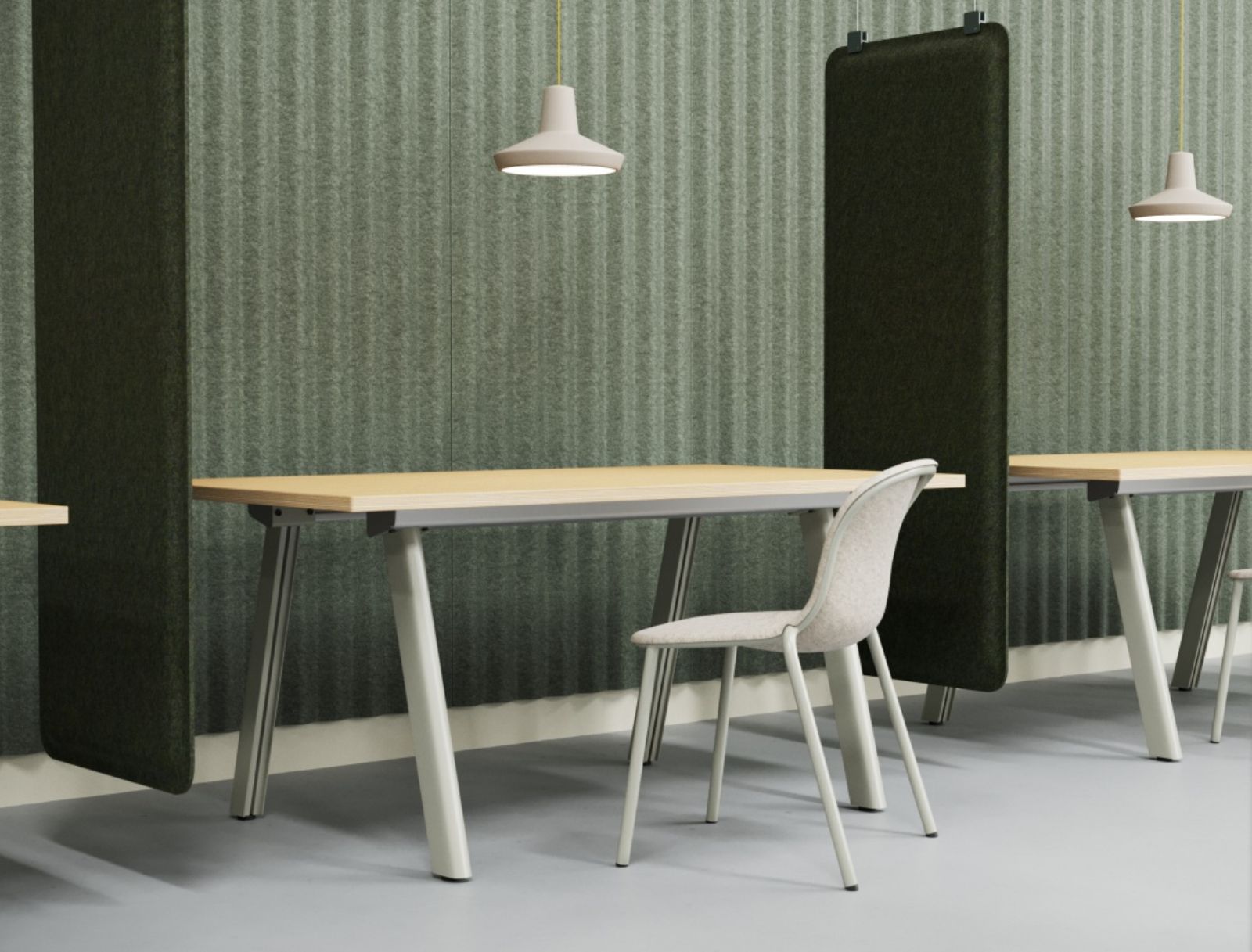 Acoustic Wall Panels
Acoustic Wall Panels 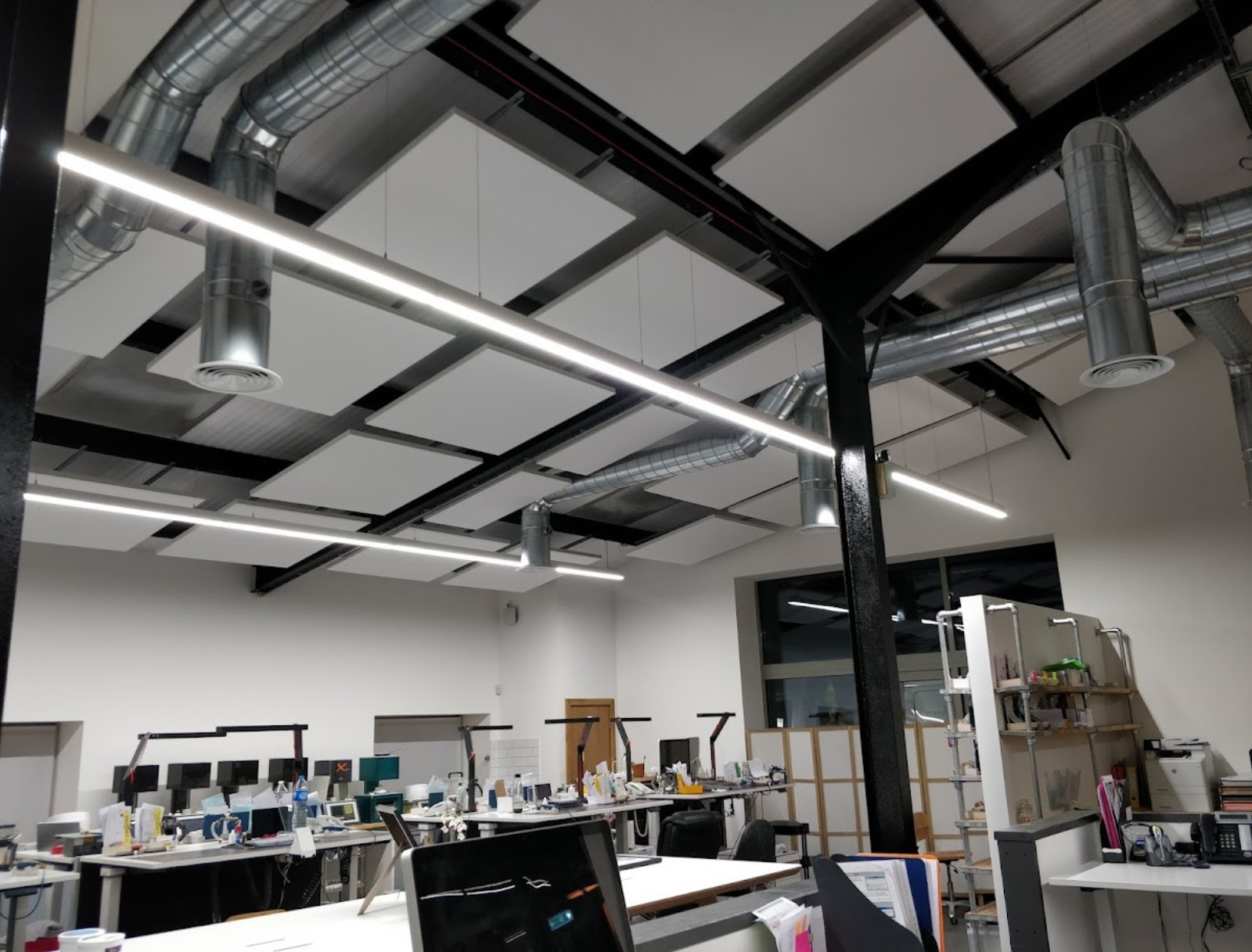 Acoustic Ceiling Panels
Acoustic Ceiling Panels 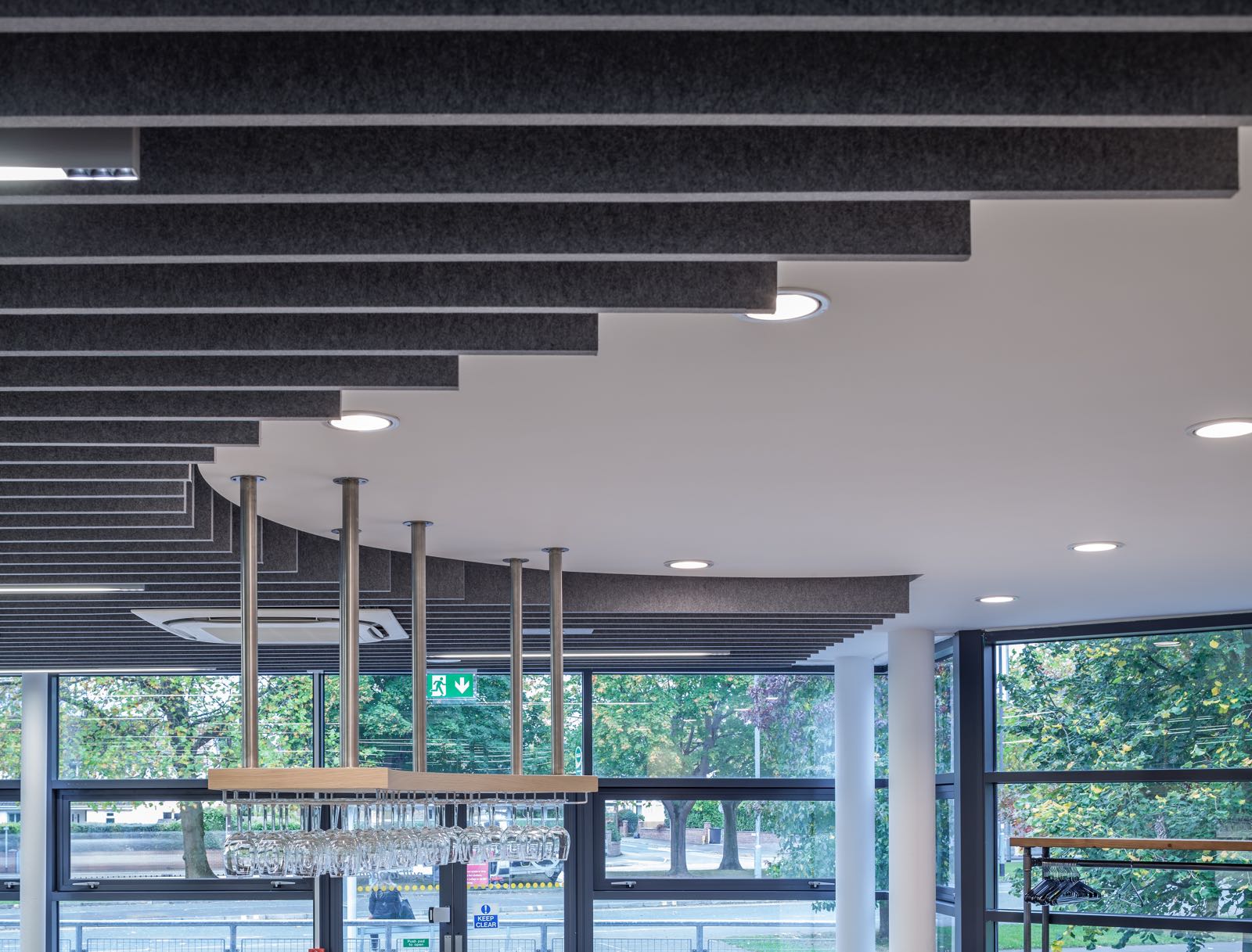 Acoustic Ceiling Baffles
Acoustic Ceiling Baffles 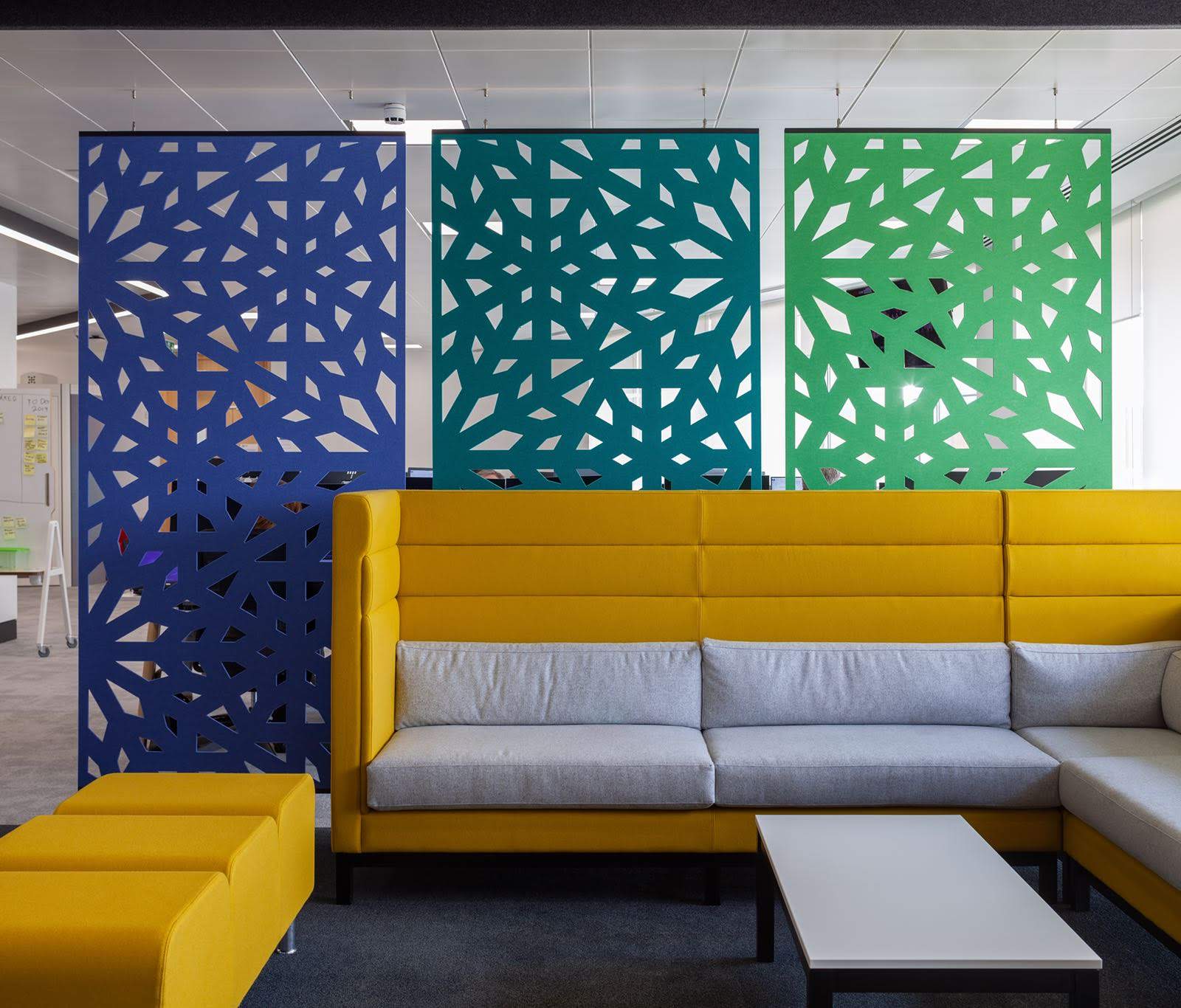 Acoustic Screens
Acoustic Screens  Acoustic Fabric
Acoustic Fabric 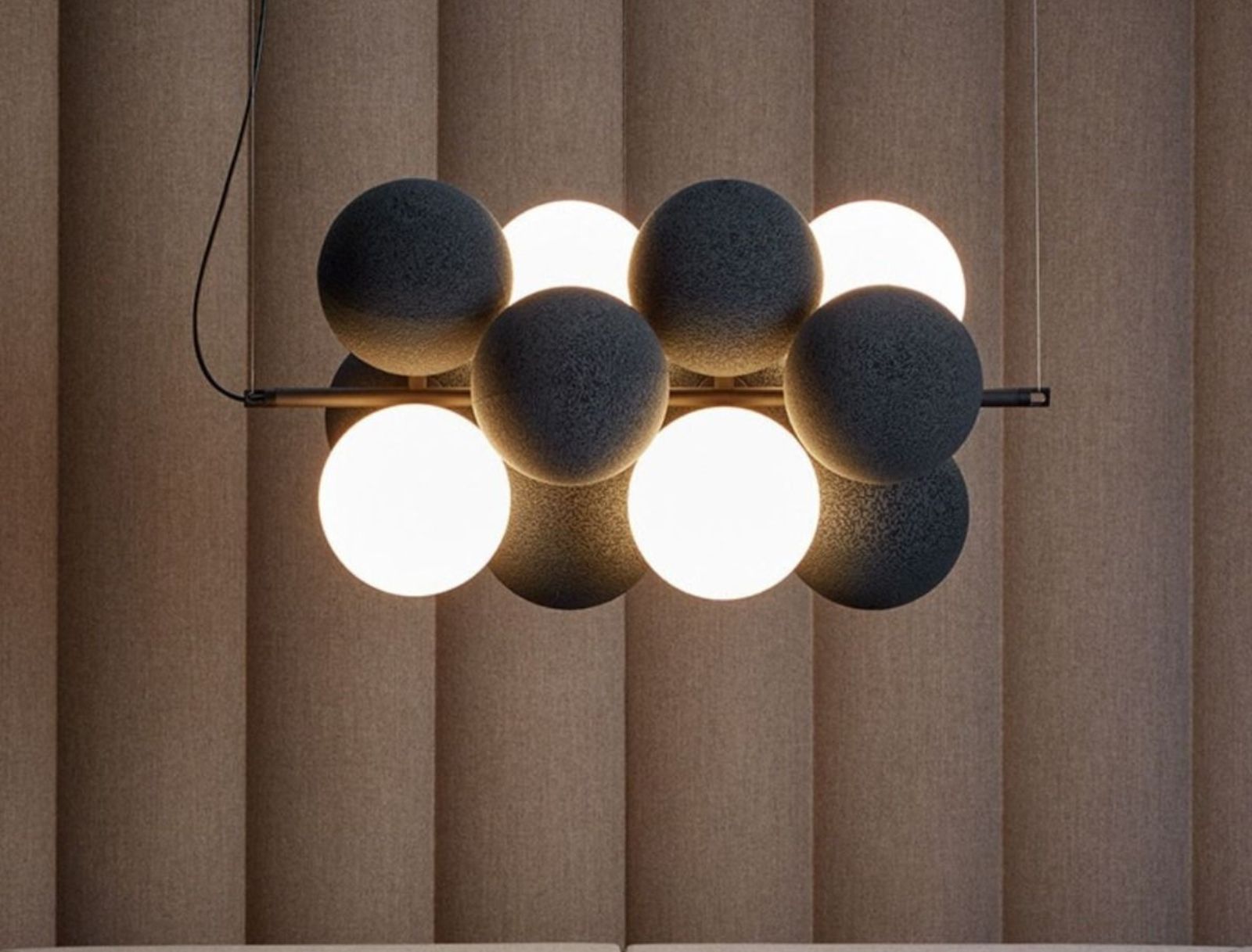 Acoustic Lighting
Acoustic Lighting 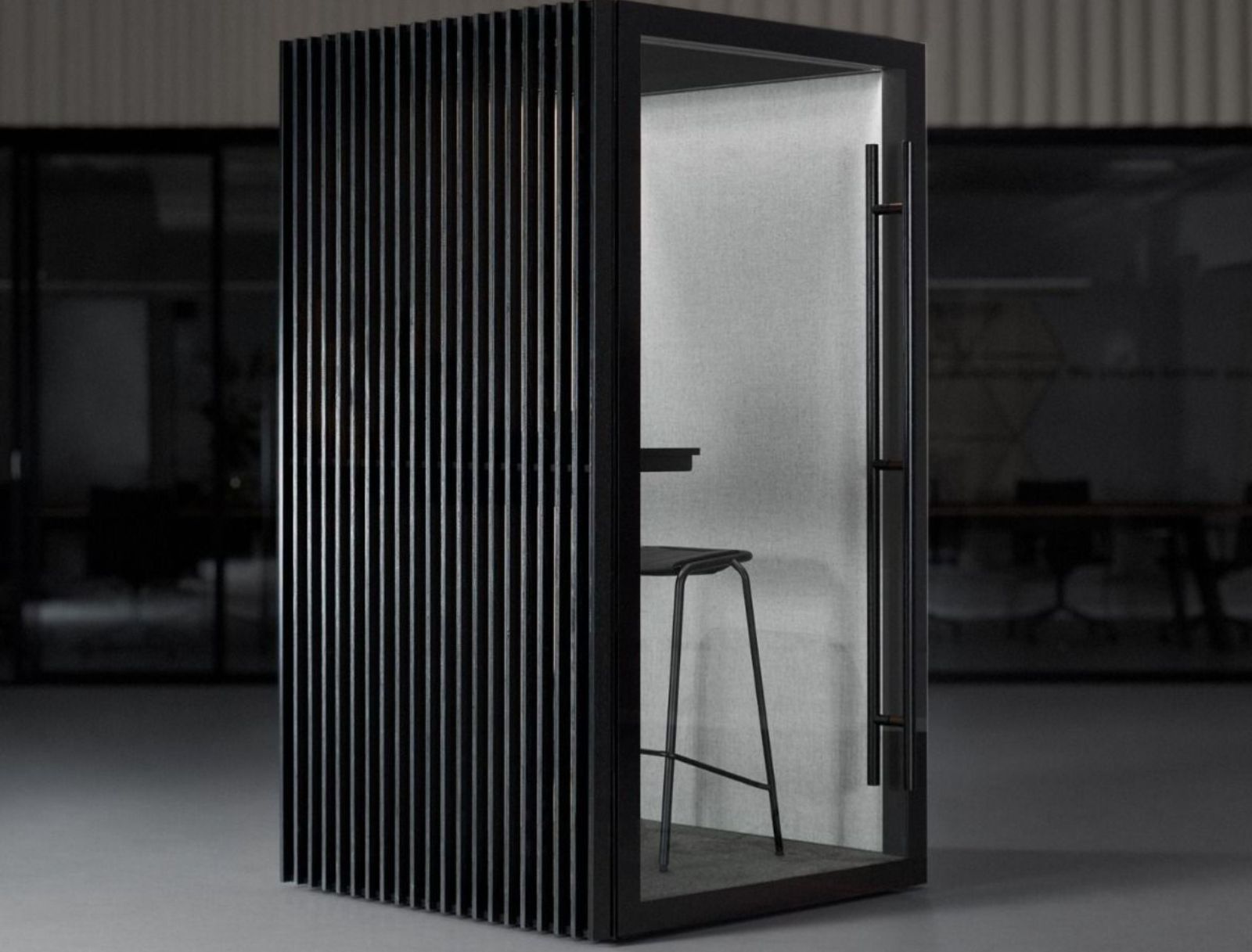 Acoustic Booths and Pods
Acoustic Booths and Pods 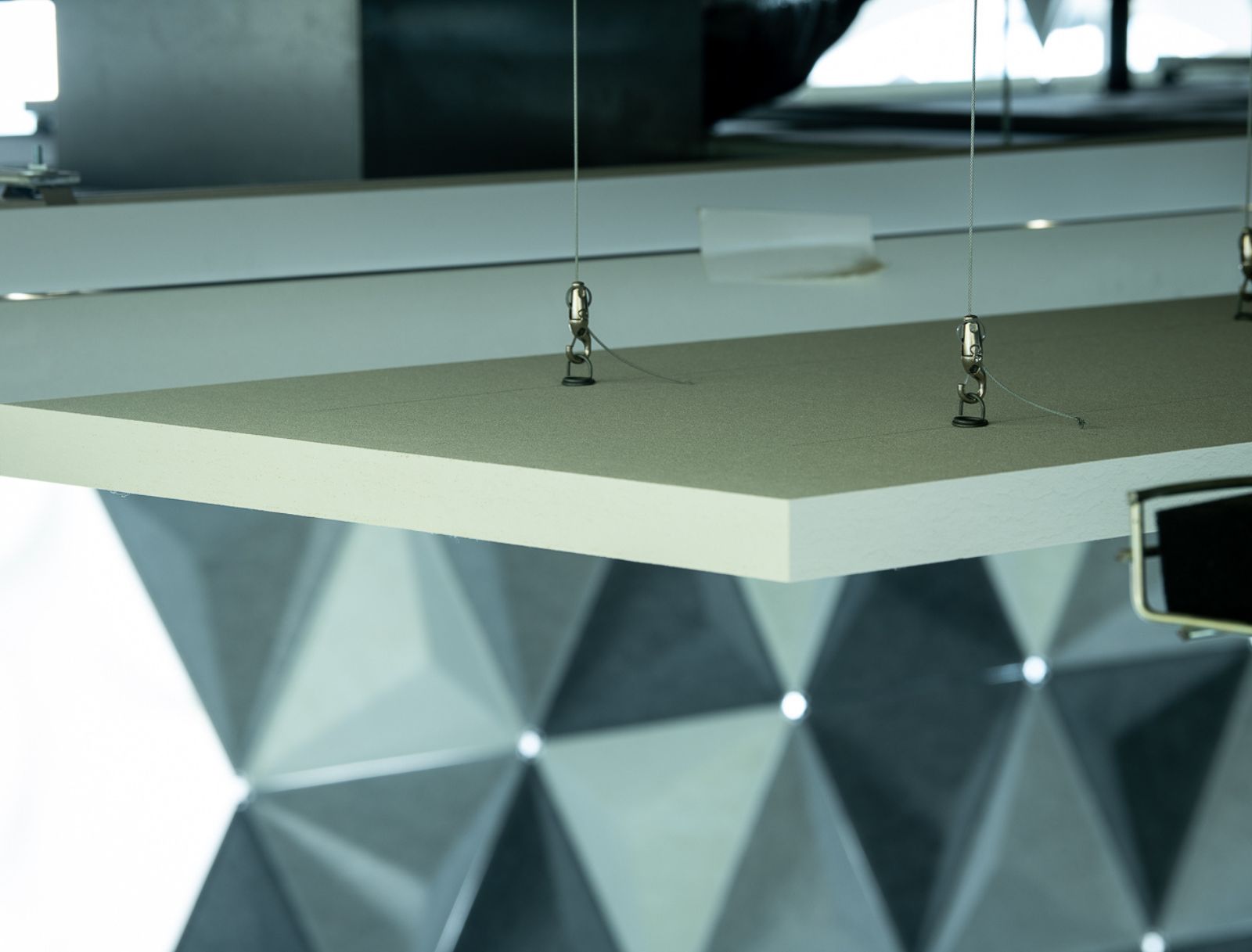 Acoustic Panel Accessories
Acoustic Panel Accessories 